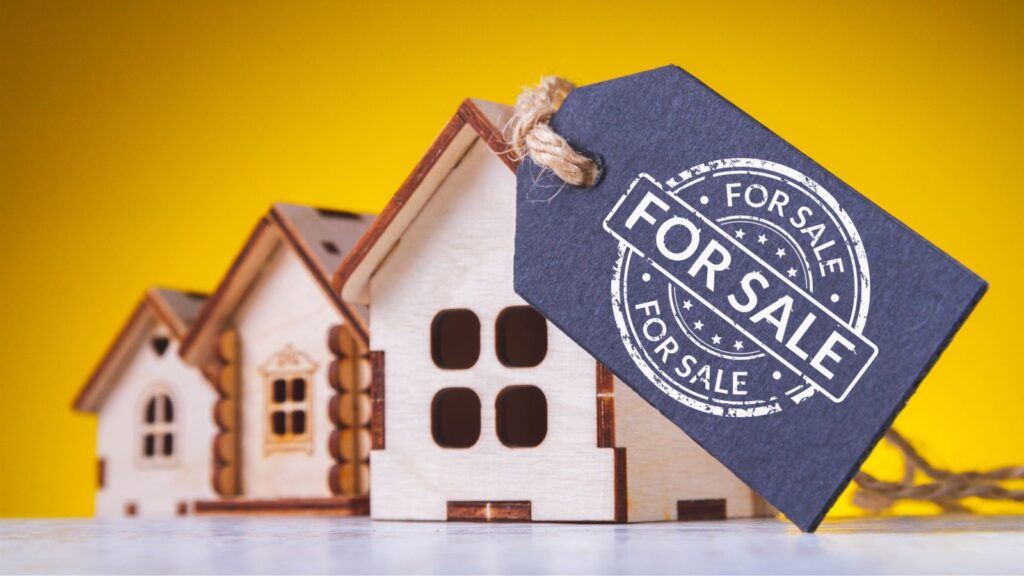Selling a home involves more than simply placing a “For Sale” sign in the yard. While receiving an offer is exciting, there are costs to consider throughout the process that can impact your final profit. From preparing your property for the market to covering fees at closing, understanding these expenses is crucial for informed decision-making. Here’s a breakdown of the costs you might encounter when selling your home and how to plan effectively for them.

Preparing Your Home for Sale
First impressions matter, and getting your home ready for the market often involves upfront costs. Depending on the property’s condition, you may need to address minor repairs, such as fixing leaky faucets or patching holes in walls. Some sellers opt for a pre-inspection to identify and address potential issues before listing.
Home staging is another popular strategy for enhancing a property’s appeal. Professional staging services often include furniture arrangement, décor updates, and depersonalization, and they cost from a few hundred to several thousand dollars. If staging isn’t in your budget, decluttering, deep cleaning and fresh paint can still make a significant difference at a fraction of the cost.
Curb appeal is equally vital, as the exterior sets the tone for prospective buyers. Landscaping, pressure washing, and small upgrades like a new mailbox or house numbers may require an additional investment. These improvements typically pay off by attracting more interest and potentially higher offers.
Preparation is an essential step in the selling process, as it can increase your home’s marketability and shorten its time on the market.
Real Estate Agent Commissions
Hiring a real estate agent is one of the most common and impactful costs of selling a home. Agents typically charge a commission based on the final sale price, often around 5% to 6%, split between the seller’s and buyer’s agents. For instance, on a $300,000 home, commissions could range from $15,000 to $18,000.
While this may seem like a significant expense, agents provide invaluable services that often justify the cost. They handle marketing, schedule showings, negotiate offers, and guide you through complex paperwork. Their expertise can also help secure a higher sale price, potentially offsetting the commission.
Some sellers consider alternatives like discount brokers or selling without an agent to reduce costs. While these options can save money upfront, they often require more effort and carry the risk of overlooking legal or financial details.
Understanding the commission structure and its value helps ensure that you make an informed decision about enlisting professional help or exploring other selling avenues.
Marketing and Advertising Costs
Attracting buyers often requires strategic marketing, and these efforts come with associated costs. While agents typically include marketing in their commission, sellers handling their own listings must budget for these expenses separately.
Professional photography and videography are essential for online listings and can cost between $200 and $500, depending on the property’s size. Drone photography or virtual tours may add to the expense but can make a listing more competitive.
If you’re selling on your own, you’ll also need to pay for online listings, print advertisements, and possibly signage. Some sellers opt for premium placement on popular real estate platforms, which can range from $100 to $300 per month.
While open houses are often free to host, they may involve costs such as refreshments, printed flyers, or additional cleaning services. Investing in effective marketing ensures your home stands out in a crowded market, potentially leading to faster and more lucrative sales.
Repairs and Renovations
Before putting a home on the market, addressing necessary repairs or considering updates can significantly impact its appeal and sale price. Some repairs are essential, such as fixing structural issues, addressing plumbing or electrical problems, or replacing a damaged roof. These larger projects can cost thousands of dollars, but they’re often necessary to meet buyer expectations.
Optional upgrades like kitchen or bathroom remodels may increase your home’s value, but it’s essential to calculate the return on investment. Minor renovations, like replacing outdated fixtures or upgrading appliances, often yield better returns than full-scale remodels.
Some sellers offer concessions, such as a credit for repairs at closing, rather than completing the work themselves. While this can save time and hassle, it may also lead to lower offers from buyers accounting for the perceived work involved.
Weighing the potential costs and benefits of repairs and renovations helps ensure you invest in changes that will maximize your profit while staying within budget.
Closing Costs
Closing costs encompass a range of fees that sellers are responsible for during the final stages of a transaction. These include title insurance, escrow fees, and transfer taxes. Depending on your location, closing costs typically range from 1% to 3% of the sale price.
One of the larger components is the settlement or attorney fee, often costing $500 to $1,500. Transfer taxes or recording fees vary by state or municipality and can add several thousand dollars. Sellers may also need to cover prorated property taxes or homeowners’ association fees.
In some cases, buyers request that sellers pay a portion of their closing costs as part of negotiations. While this concession can help seal the deal, it’s an additional expense to factor into your calculations.
Understanding the scope of closing costs ensures you’re prepared when it’s time to finalize the sale and prevents surprises at the end of the process.
Potential Capital Gains Taxes
Selling a home can result in a taxable gain if the property’s value has increased significantly since its purchase. However, exemptions exist for primary residences that allow individuals to exclude up to $250,000 of profit ($500,000 for married couples) from capital gains taxes.
To qualify for this exclusion, you must have lived in the home for at least two of the past five years. If the property was used as a rental or investment, the tax situation becomes more complex.
Sellers who exceed the exemption thresholds will owe taxes on the portion of the gain above the limit. Capital gains tax rates vary based on income but typically range from 15% to 20%. Consulting a tax professional is essential for understanding your specific situation and planning accordingly.
Properly accounting for potential tax liabilities ensures you retain as much of your profit as possible while meeting any obligations to the IRS.
Ready to Sell? Let’s Start the Conversation
Selling a home is a significant financial decision, and understanding the costs involved is key to maximizing your profit. From preparing your property to navigating taxes, every step requires careful planning and consideration. When you’re ready to take the next step, reach out to discuss how to achieve the best outcome for your sale.

